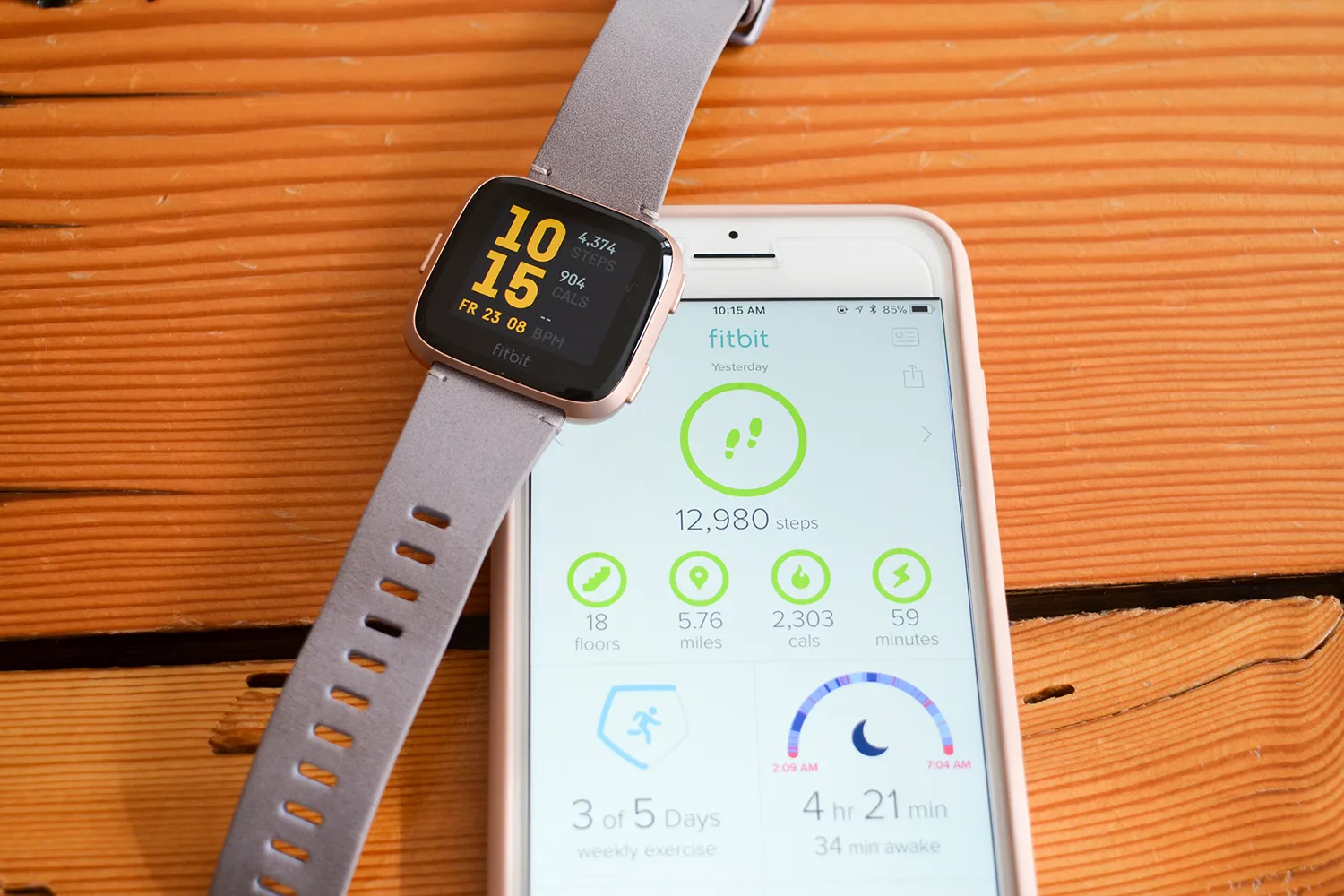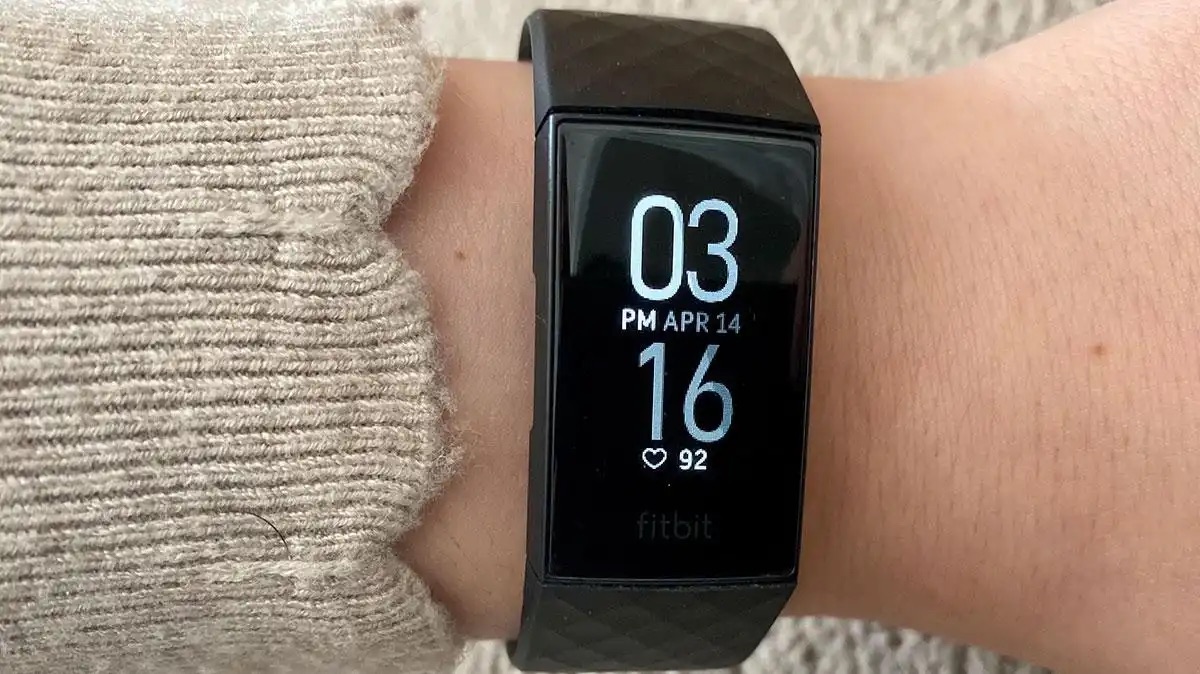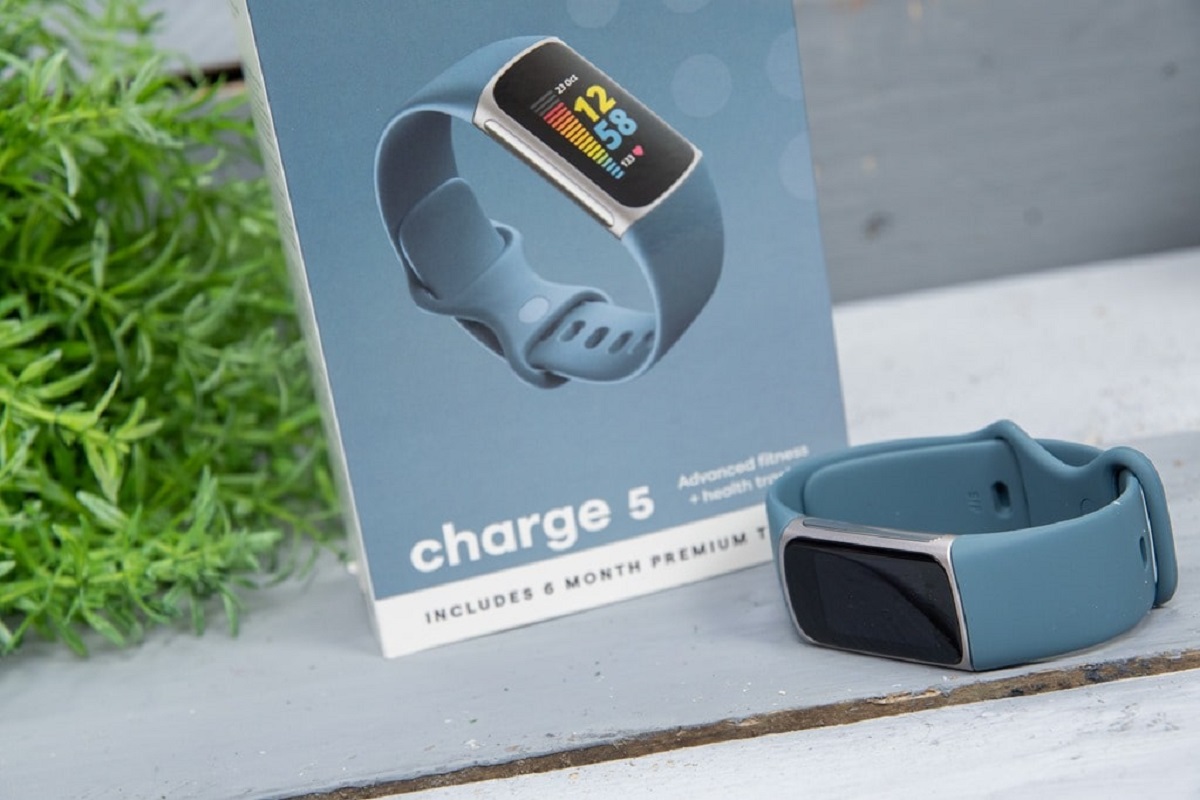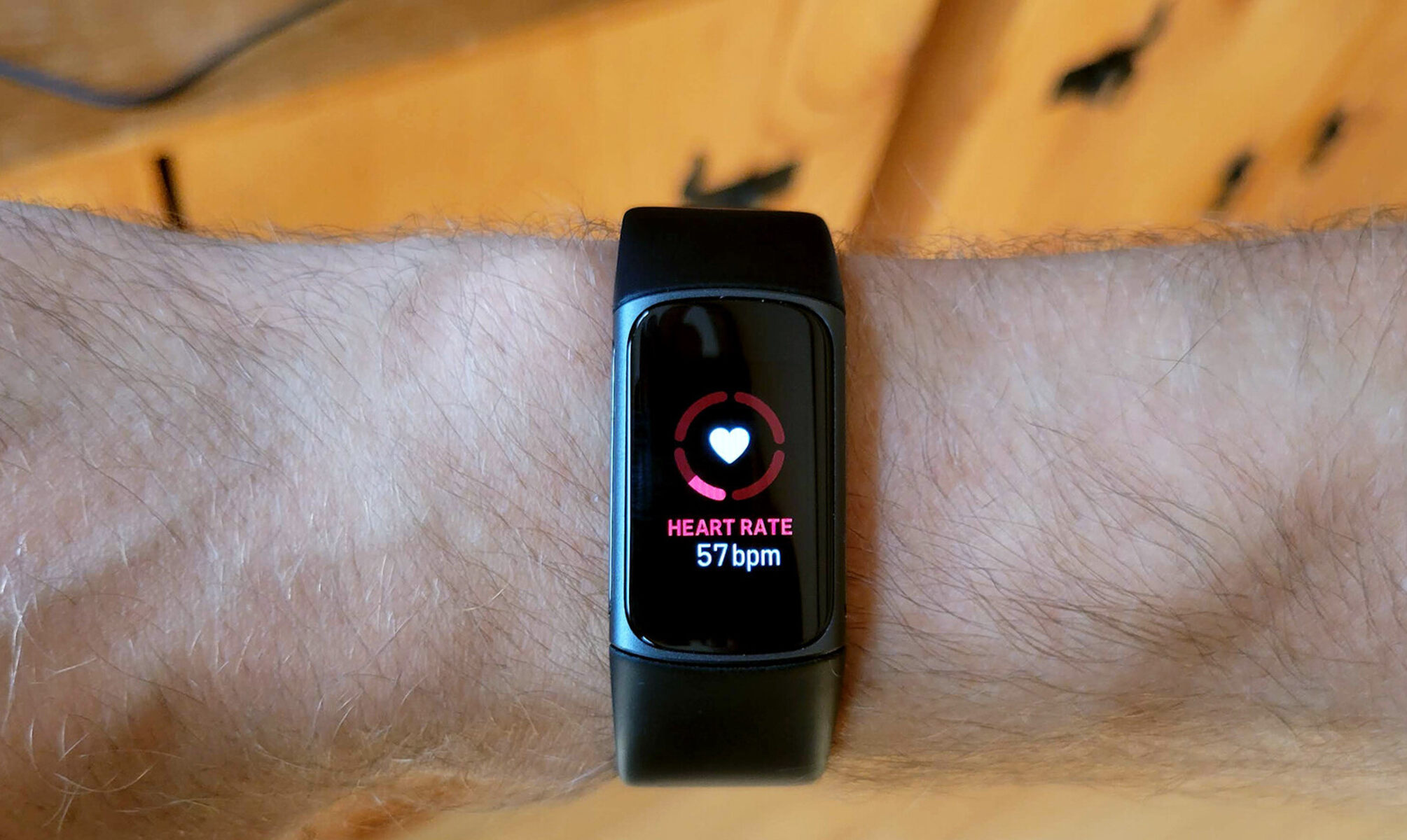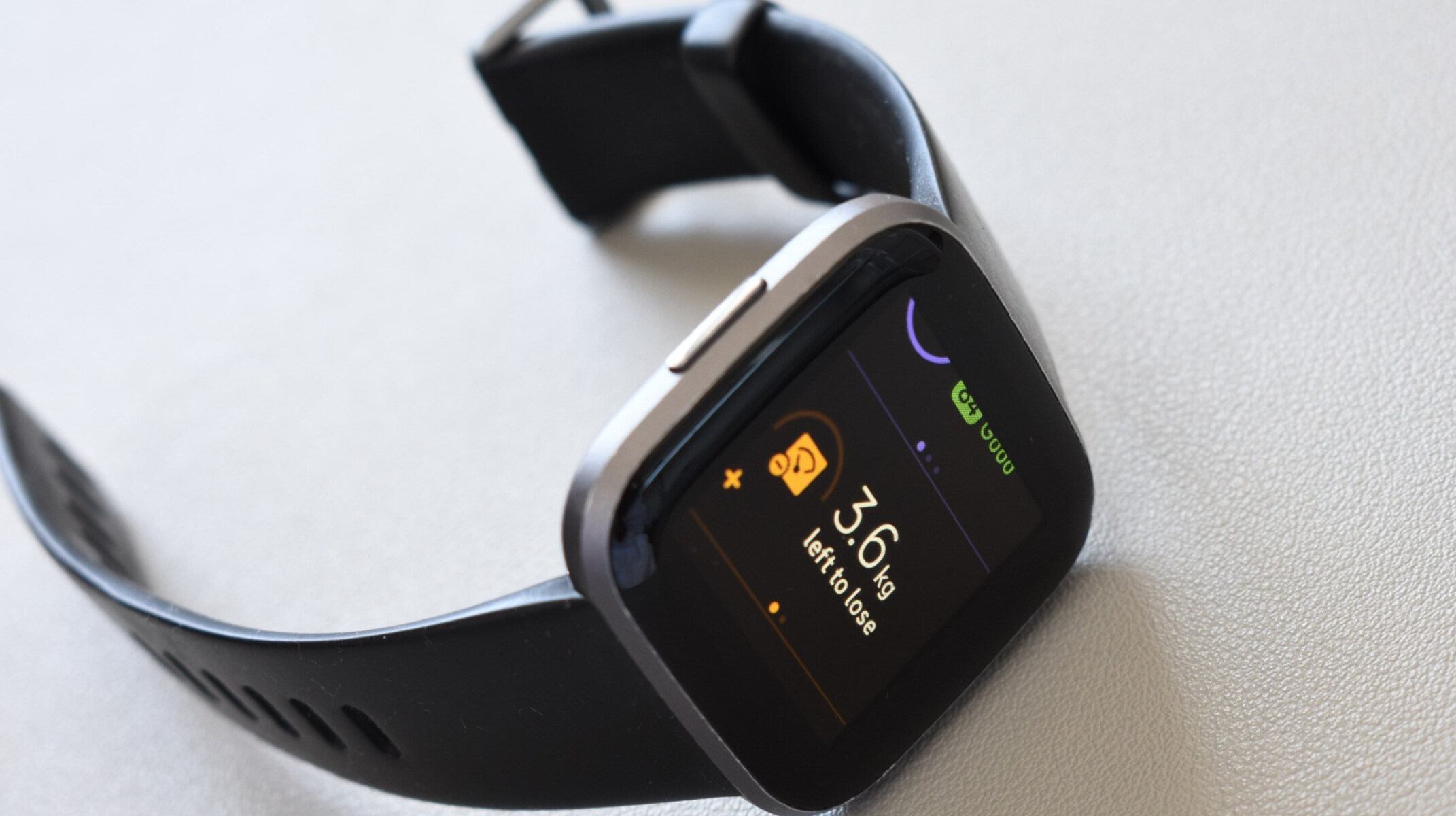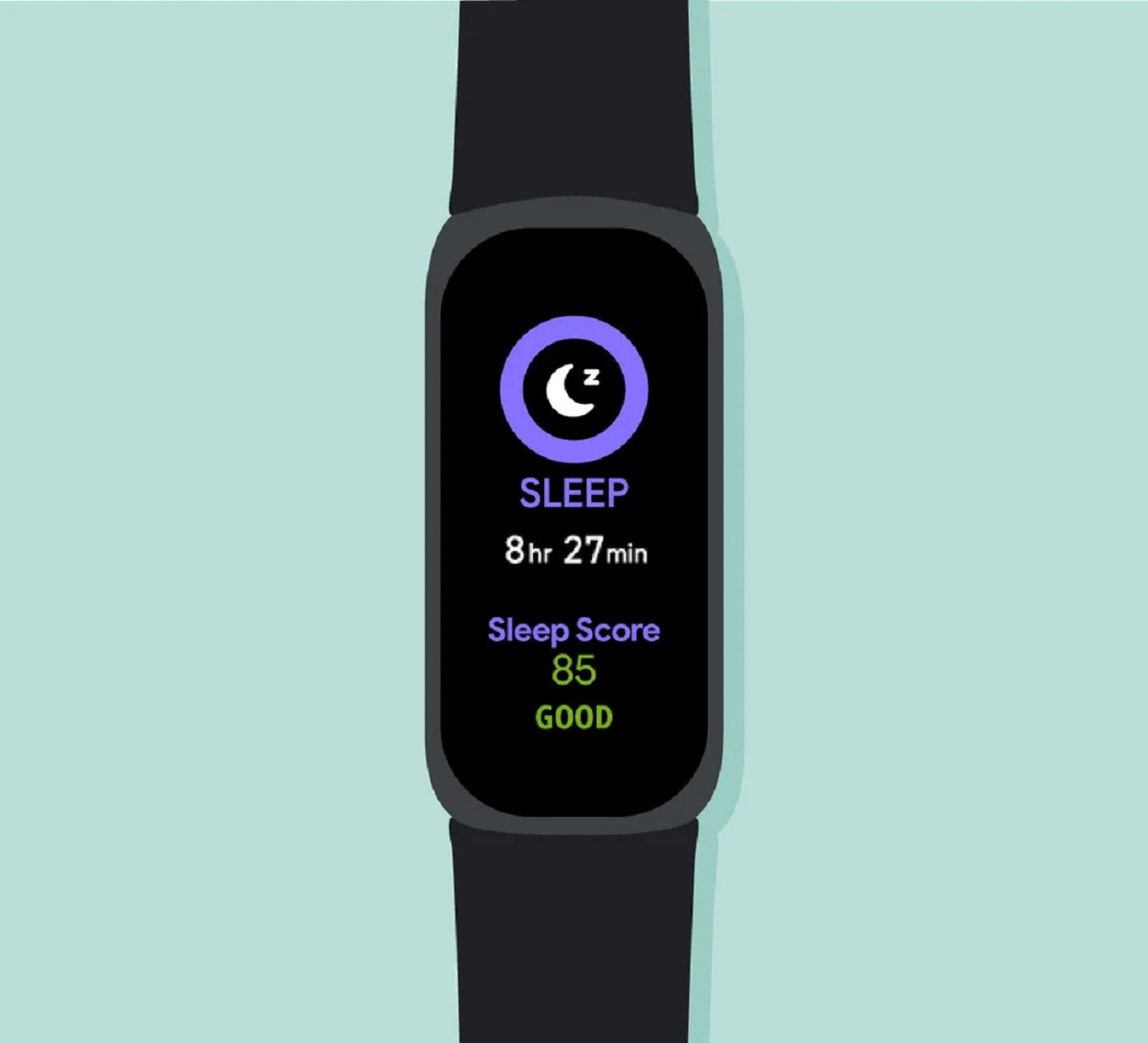Introduction
Wearable technology has revolutionized the way we monitor and improve our health and fitness. Among the plethora of wearable devices available, Fitbit has emerged as a frontrunner, offering users a comprehensive approach to tracking their physical activity, sleep patterns, and overall wellness. One of the key features that has propelled Fitbit to the forefront of the wearable market is its step tracking functionality. By accurately recording the number of steps taken throughout the day, Fitbit helps users set and achieve their fitness goals, promoting a more active and balanced lifestyle.
However, despite the numerous benefits of Fitbit's step tracking, users may encounter occasional discrepancies or inaccuracies in the recorded step count. These discrepancies can be frustrating and may lead to a lack of trust in the device's overall accuracy. Whether it's overestimating steps during a bumpy car ride or failing to register steps while pushing a shopping cart, these discrepancies can undermine the user's confidence in the device's reliability.
In this article, we will delve into the intricacies of Fitbit step tracking, exploring the common issues that users may encounter and providing actionable troubleshooting tips to address inaccuracies. By understanding the underlying factors that contribute to these discrepancies, users can effectively optimize their Fitbit experience and regain confidence in the accuracy of their step tracking data.
As we navigate through the nuances of Fitbit step tracking, it's essential to recognize that the goal is not to discredit the device, but rather to empower users with the knowledge and tools to maximize the benefits of this innovative technology. By addressing these challenges head-on, users can harness the full potential of their Fitbit devices, leveraging accurate step tracking data to propel their fitness journeys forward.
Through a comprehensive exploration of troubleshooting techniques and calibration methods, users will gain valuable insights into optimizing their Fitbit devices for precise step tracking. By the end of this article, readers will be equipped with the expertise to identify and resolve step tracking inaccuracies, ultimately enhancing their overall Fitbit experience.
Understanding Fitbit Step Tracking
Fitbit step tracking serves as the cornerstone of the device's functionality, providing users with a comprehensive overview of their daily physical activity. By utilizing advanced sensors and algorithms, Fitbit devices meticulously monitor the user's movements, translating them into step counts that form the basis of their activity data. This process enables users to gain valuable insights into their activity levels, set personalized fitness goals, and track their progress over time.
Fitbit employs a sophisticated accelerometer to detect motion and measure the intensity of physical activities, such as walking, running, or climbing stairs. This technology enables the device to discern between different types of movements, allowing for precise step counting and activity classification. Furthermore, Fitbit's proprietary algorithms analyze the accelerometer data to filter out non-step motions, ensuring that only legitimate steps contribute to the recorded step count.
Moreover, Fitbit devices incorporate machine learning capabilities, continuously refining their step tracking algorithms based on user data and feedback. This adaptive approach enhances the accuracy and reliability of step tracking, catering to a diverse range of user behaviors and preferences. By leveraging machine learning, Fitbit devices can adapt to various walking styles, terrains, and environmental factors, delivering more personalized and accurate step tracking results.
It is important to note that while Fitbit step tracking is designed to provide accurate and insightful data, certain factors can influence its performance. Environmental variables, such as uneven terrain, crowded spaces, or extreme weather conditions, may impact the device's ability to precisely capture every step. Additionally, individual differences in walking patterns and gait may introduce variability in step tracking results, necessitating a nuanced understanding of the device's capabilities and limitations.
By comprehending the intricacies of Fitbit step tracking, users can develop a deeper appreciation for the technology powering their devices. This understanding empowers users to interpret their step tracking data more effectively, recognizing the nuances of their daily activity and making informed decisions to optimize their fitness routines.
In the subsequent sections, we will explore the common issues that users may encounter with Fitbit step tracking and provide actionable troubleshooting techniques to address inaccuracies, ultimately enabling users to harness the full potential of their Fitbit devices.
Common Issues with Fitbit Step Tracking
Fitbit step tracking, while generally reliable, can encounter occasional discrepancies that may impact the accuracy of recorded step counts. Understanding these common issues is crucial for users to effectively troubleshoot and optimize their Fitbit experience. Here are some prevalent issues that users may encounter:
-
Overestimation of Steps: Fitbit devices may inadvertently register movements unrelated to walking as steps. For instance, activities such as driving on a bumpy road or engaging in vigorous arm movements without walking may lead to an inflated step count. This overestimation can distort the user's perception of their true physical activity levels, potentially affecting their fitness goals and progress tracking.
-
Underreporting Steps: Conversely, Fitbit devices may fail to capture certain steps, especially during activities involving pushing a stroller, shopping cart, or similar objects. The lack of consistent arm movement, which is typically associated with walking, can result in underreported steps. This discrepancy can lead to an incomplete representation of the user's daily activity, impacting the accuracy of their step tracking data.
-
Inaccuracies in Intense Workouts: During high-intensity workouts, such as weightlifting or cycling, Fitbit step tracking may struggle to differentiate between non-step motions and legitimate steps. This can lead to discrepancies in step counts, as the device may misinterpret intense movements as steps, affecting the overall accuracy of the recorded activity data.
-
Environmental Factors: Various environmental conditions, such as walking on uneven terrain, crowded areas, or extreme weather, can pose challenges to Fitbit step tracking. Uneven surfaces may introduce irregular movements that are challenging to classify as steps, while crowded spaces can impact the device's ability to accurately detect individual steps. Additionally, extreme weather conditions or walking at high altitudes may further complicate step tracking accuracy.
-
Individual Variability: Each user's walking style, gait, and physical characteristics can influence the accuracy of Fitbit step tracking. Variability in walking patterns, stride length, and pace among individuals can introduce discrepancies in step counts, as the device adapts to diverse user behaviors and movement patterns.
By acknowledging these common issues with Fitbit step tracking, users can proactively address inaccuracies and optimize their device for more precise tracking. The subsequent section will delve into actionable troubleshooting techniques to mitigate these issues and enhance the overall reliability of Fitbit step tracking.
Troubleshooting Inaccuracies
Addressing inaccuracies in Fitbit step tracking requires a proactive approach to identify and mitigate potential issues. By implementing effective troubleshooting techniques, users can optimize their devices for more precise step tracking, ultimately enhancing the reliability of their activity data. Here are actionable steps to troubleshoot inaccuracies in Fitbit step tracking:
-
Regular Device Maintenance: Ensuring that the Fitbit device is well-maintained is crucial for accurate step tracking. Regularly clean the device's sensors and surfaces to prevent any obstruction that could interfere with motion detection. Additionally, keeping the firmware and app up to date is essential to leverage the latest improvements and bug fixes that can enhance step tracking accuracy.
-
Optimize Wrist Placement: Proper wrist placement can significantly impact the device's ability to accurately capture steps. Wear the Fitbit device snugly on the non-dominant wrist, positioning it approximately one finger's width above the wrist bone. This optimal placement minimizes excessive movements and ensures that step tracking is aligned with natural walking patterns.
-
Customize Stride Length: Calibrating the device with a personalized stride length can improve the accuracy of step tracking. By entering an accurate stride length in the Fitbit app, users can fine-tune the device's step counting algorithm to better align with their individual walking patterns, resulting in more precise step tracking data.
-
Consistent Arm Movement: During activities that involve pushing a stroller or shopping cart, engaging in consistent arm movements can help ensure that steps are accurately registered. By maintaining a natural arm swing while walking, users can mitigate underreported steps caused by irregular motion detection.
-
Verify GPS and MobileTrack Integration: For activities such as outdoor walking or running, ensuring that GPS tracking is enabled can enhance the accuracy of step counting. Additionally, verifying the integration of MobileTrack, which utilizes the smartphone's sensors for step tracking, can provide more comprehensive activity data, especially in scenarios where wearing the Fitbit device may not be feasible.
-
Environmental Considerations: Being mindful of environmental factors that may impact step tracking accuracy is essential. When walking on uneven terrain or in crowded areas, it's beneficial to cross-reference step tracking data with personal observations to identify potential discrepancies and adjust for any irregularities.
By proactively implementing these troubleshooting techniques, users can effectively mitigate inaccuracies in Fitbit step tracking, fostering a more reliable and personalized experience. These proactive measures empower users to optimize their Fitbit devices for precise step tracking, ultimately facilitating a more informed approach to achieving their fitness goals.
Calibrating Your Fitbit Device
Calibrating your Fitbit device is a pivotal step in optimizing its accuracy and ensuring that step tracking aligns with your individual walking patterns. By customizing the device to your specific stride length, you can enhance the precision of step counting, ultimately refining the overall reliability of activity data.
To initiate the calibration process, access the Fitbit app on your smartphone and navigate to the "Account" tab. From there, select the option to set up or modify your stride length. It's important to note that the calibration process may vary slightly depending on the specific Fitbit model you own, so it's advisable to refer to the official Fitbit support resources for detailed instructions tailored to your device.
Once you've accessed the stride length settings, follow the on-screen prompts to input your personalized stride length. To accurately measure your stride length, find a flat, open space where you can walk a known distance, such as a track or a measured path. Walk this distance several times, ensuring that your strides are natural and consistent. Use a measuring tool, such as a tape measure, to determine the total distance covered and divide it by the number of steps taken to calculate your average stride length.
After inputting your calculated stride length into the Fitbit app, the device will adjust its step counting algorithm to better align with your unique walking patterns. This personalized calibration enables the Fitbit device to discern your steps more accurately, mitigating common inaccuracies associated with default stride length settings.
By calibrating your Fitbit device, you empower it to deliver more precise and tailored step tracking, reflecting your individual gait and movement patterns. This calibration process not only enhances the accuracy of step counting but also contributes to a more personalized and insightful fitness tracking experience.
Incorporating this customized calibration into your Fitbit device ensures that the step tracking data is aligned with your true activity levels, providing a more comprehensive and accurate representation of your daily physical exertion. This, in turn, enables you to make informed decisions about your fitness goals and progress, leveraging reliable data to propel your wellness journey forward.
Conclusion
In conclusion, the journey through the intricacies of Fitbit step tracking has unveiled the multifaceted nature of this innovative technology. While Fitbit devices offer a comprehensive approach to monitoring physical activity and promoting a healthier lifestyle, it is essential for users to navigate through potential inaccuracies and challenges associated with step tracking. By understanding the common issues, implementing proactive troubleshooting techniques, and customizing the device through calibration, users can optimize the accuracy of their step tracking data, ultimately enhancing their overall Fitbit experience.
The comprehensive understanding of Fitbit step tracking empowers users to interpret their activity data more effectively, discerning the nuances of their daily physical exertion. By acknowledging the impact of environmental factors, individual variability, and diverse activities on step tracking, users can approach their fitness journey with a more informed perspective. This nuanced understanding fosters a sense of control and confidence in leveraging Fitbit devices as invaluable companions in achieving fitness goals and maintaining an active lifestyle.
Furthermore, the proactive troubleshooting techniques presented in this article provide actionable steps for users to address common inaccuracies in Fitbit step tracking. From optimizing wrist placement to verifying GPS and MobileTrack integration, these techniques enable users to fine-tune their devices for more precise step counting. By incorporating these troubleshooting measures into their Fitbit routine, users can mitigate discrepancies and ensure that their step tracking data aligns with their actual physical activity levels.
The pivotal process of calibrating Fitbit devices with personalized stride length adds a layer of customization that enhances the reliability and accuracy of step tracking. By tailoring the device to individual walking patterns, users can cultivate a more personalized and insightful fitness tracking experience. This calibration process not only refines the accuracy of step counting but also fosters a deeper connection between the user and their Fitbit device, aligning the activity data with their unique movement patterns and gait.
As users navigate through the dynamic landscape of fitness and wellness, the insights gained from troubleshooting inaccuracies and calibrating Fitbit devices serve as valuable tools for optimizing the accuracy of step tracking. By harnessing the full potential of Fitbit devices, users can embrace a more informed and proactive approach to achieving their fitness goals, leveraging reliable step tracking data to propel their wellness journey forward.
In essence, the fusion of technological innovation and user-driven customization empowers individuals to embrace a more holistic and personalized approach to fitness and well-being. By delving into the intricacies of Fitbit step tracking and leveraging the actionable strategies presented in this article, users can embark on a journey towards enhanced accuracy, reliability, and empowerment in their Fitbit experience.









